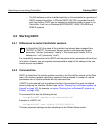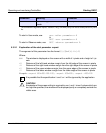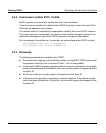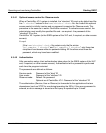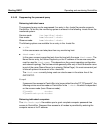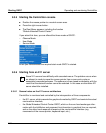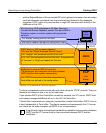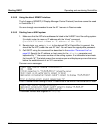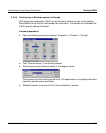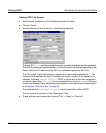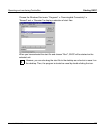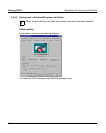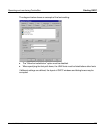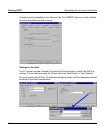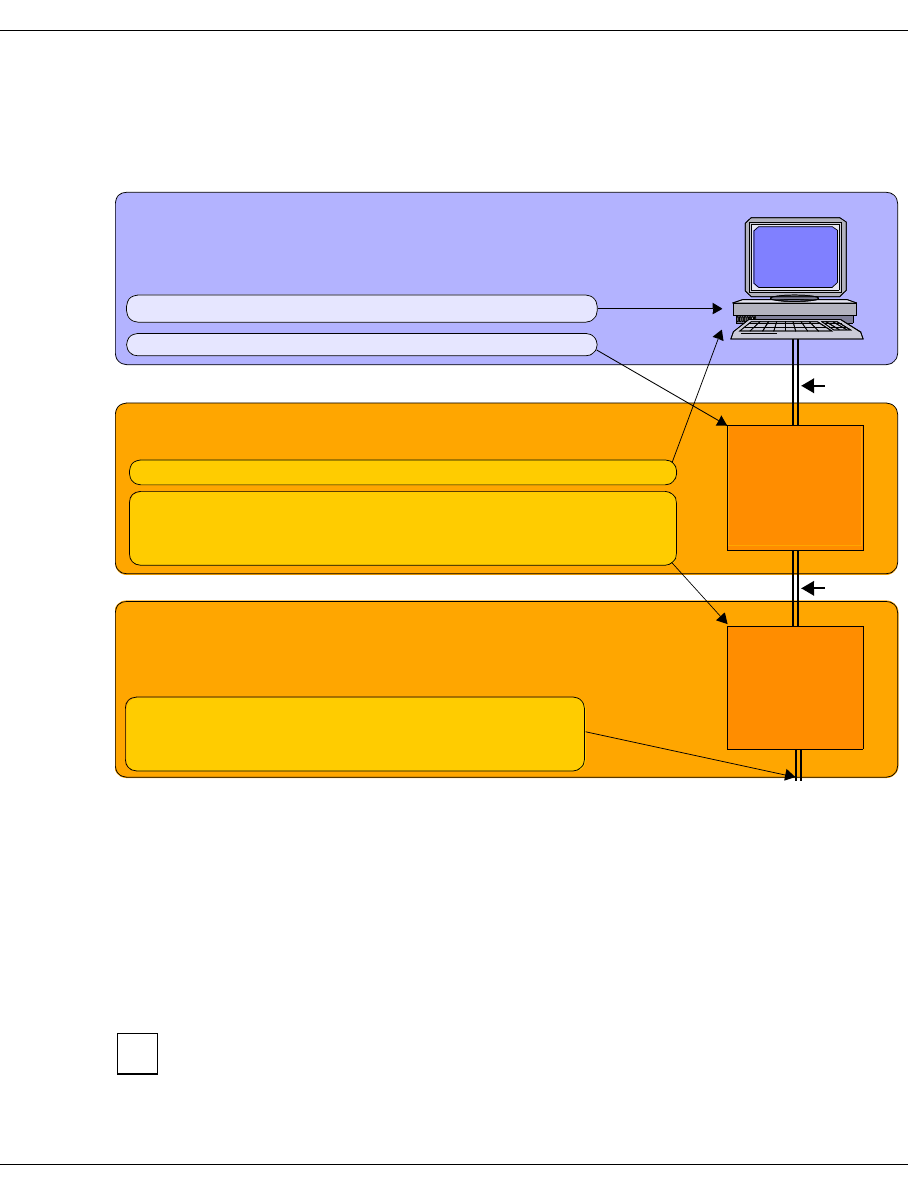
U41117-J-Z125-7-76 103
Operating and monitoring CentricStor Starting GXCC
– and the RequestBroker of the connected ISP, which gathers information from all compo-
nents and forwards commands from the man/machine interface to the respective
recipients (XTCC, which only ever handles a single ISP, connects itself directly to the
InfoBroker of this ISP).
Figure 35: X11 architecture for CentricStor operation
The three components communicate with each other using the TCP/IP protocol. They can
therefore be located on one or on up to three hosts.
If you operate GXCC at the CentricStor console for example, the X11 server, GXCC host
and request manager/InfoBroker all run in the VLP of CentricStor.
If CentricStor is operated via a computer (workstation) outside CentricStor, GXCC runs on
a host independent of CentricStor. The display console and consequently the X11 server
can reside on the same computer as GXCC or on a subprocessor.
A significantly higher transmission bandwidth is needed for the connection between
GXCC and the X11 server than for the connection between GXCC and the
InfoBroker.
The “-unit” start parameter points to this host. The passwords
of “xtccuser” or “diag” are needed on this host.
The “display” setting points to this host.
X11 server (e.g. VLP, workstation or PC, Mac, Linux etc.)
Includes the mouse, keyboard, screen. Can be a SINIX or
Windows system or another system with appropriate
software.
GXCC host (e.g. VLP or remote computer)
This runs the “Global Extended Control Center”.
The “-display” start parameter points to this host.
This host is used for the login for calling the X client
ReqBroker in connected ISP of CentricStor
The ReqBroker also transmits information between
GXCC and the other system components.
TCP/IP
The TCP/IP connections to the other components of
CentricStor are defined in the configuration.
TCP/IP
X11
server
Info
Broker
VLP
GXCC
ii



